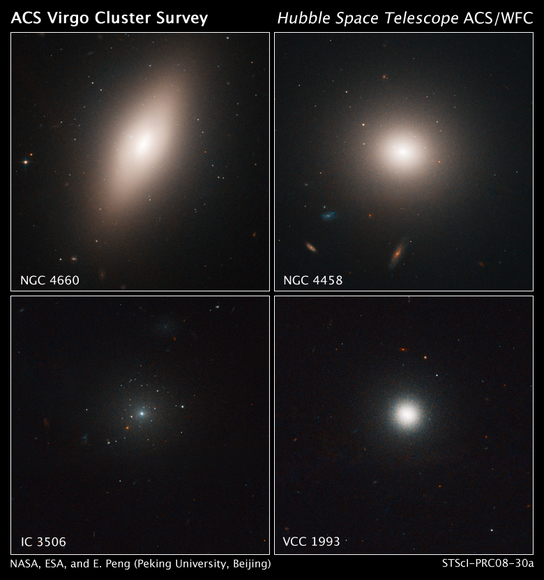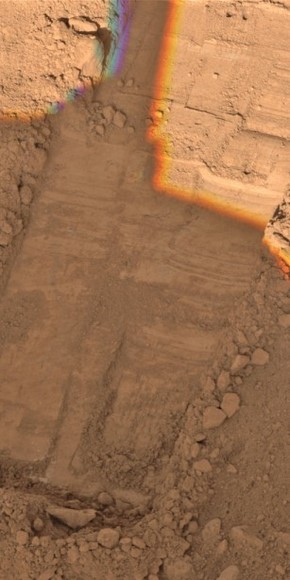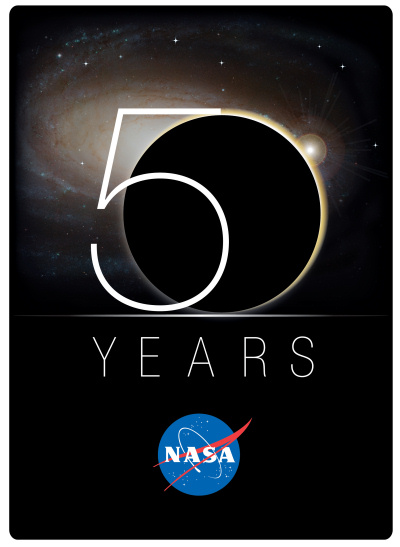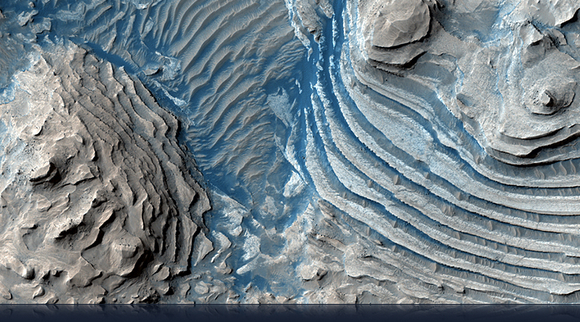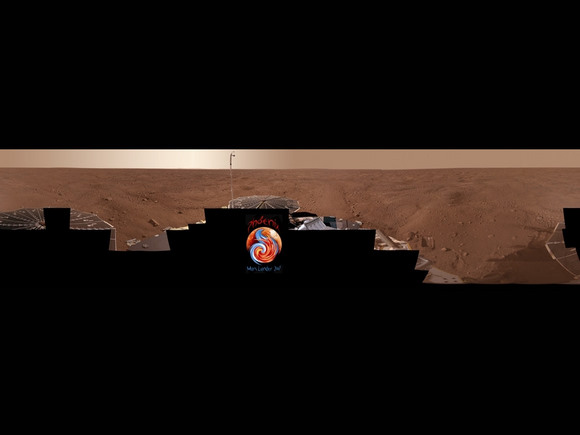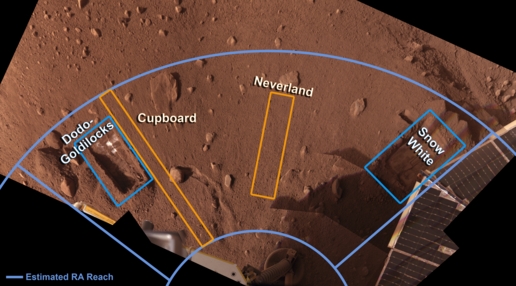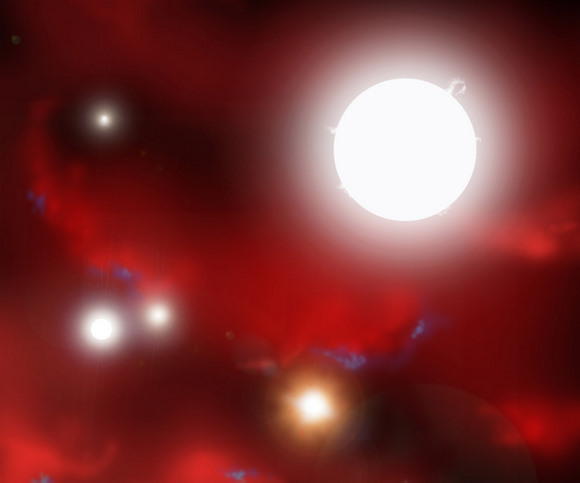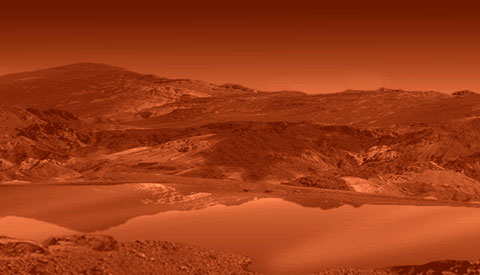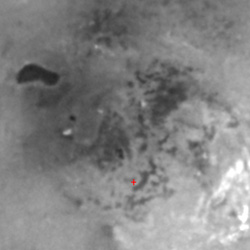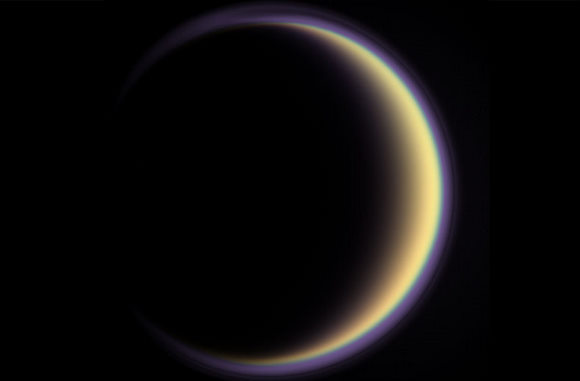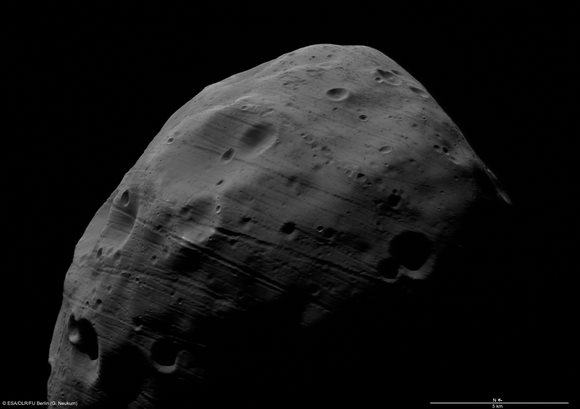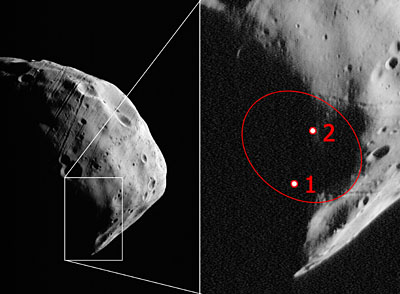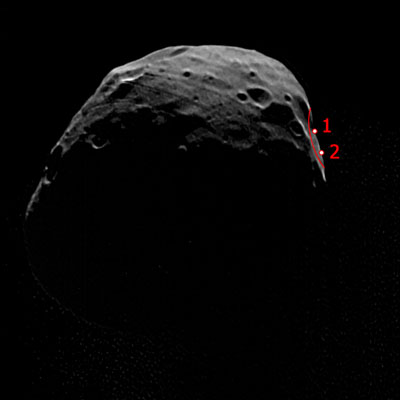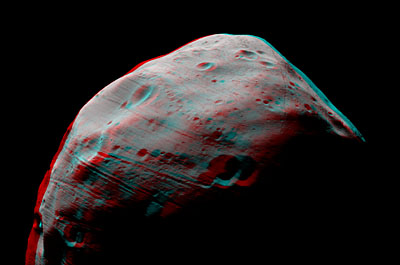[/caption]
This news came out last week, but I’ve been out of town and now want to offer congratulations to the Bad Astronomer Phil Plait who is adding one more item to his long list of credientials and accomplishments. Phil will now be taking on the role of President….. of the James Randi Educational Foundation (JREF). If you’re not familiar with JREF, (you should be!), the goals of the Foundation are to bring critical thinking to the public, expose pseudoscientific frauds, and promote real science and rationality. If you’ve been reading Phil’s Bad Astronomy blog, you know that those are his goals as well, so this new role seems like a perfect fit for both Phil and JREF. Phil says he owes everything to Randi: “He opened my eyes – and my brain – to the idea that reality is a better place to live in than fantasy. I owe it all to Mr. Randi, so I am very excited and deeply honored to continue his vision with the JREF.”
Congrats Phil! We know you’ll “Phil” Randi’s shoes just fine. But you’ve got some work ahead of you on your beard….
Outgoing JREF President James Randi has long been known as a magician and escape artist, but he’s also a tireless investigator and demystifier of paranormal and pseudoscientific claims. Carl Sagan tells a great story about Randi in his book “The Demon Haunted World,” which highlights how gullible people can be and how easily people with paranormal claims can appear credible.
Randi has pursued “psychic” spoonbenders, exposed the dirty tricks of faith healers, and generally been a thorn in the sides of those who try to pull the wool over the public’s eyes in the name of the supernatural. Randi’s long-standing challenge for proof of claims of the paranormal now stands as a $1,000,000 prize that has yet gone unclaimed.
Phils says he would like to expand the efforts of JREF’s educational activities. “I want to teach kids about the wonders of the real Universe. We can do this by partnering with the educational community and developing fun, hands-on materials that schoolchildren can use in the classroom to teach them about critical thinking and the scientific method. Science is sometimes taught as being cold and dull, but nothing could be more wrong! It’s exciting, it’s fun, and it’s cool. Kids are natural scientists, and we need to encourage that, foster it, and let it grow.”
Sounds like a great plan! Congrats again, Phil!


